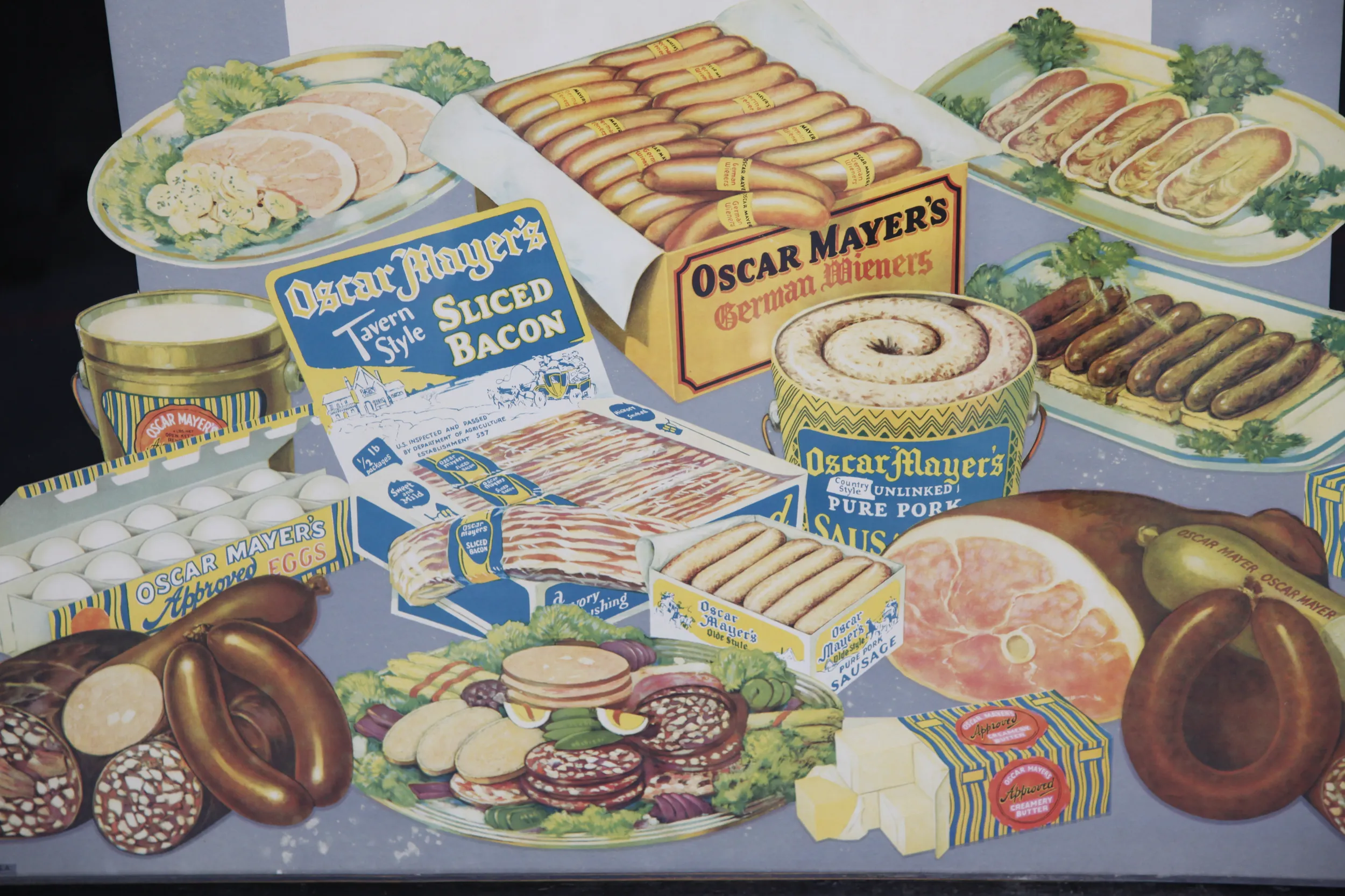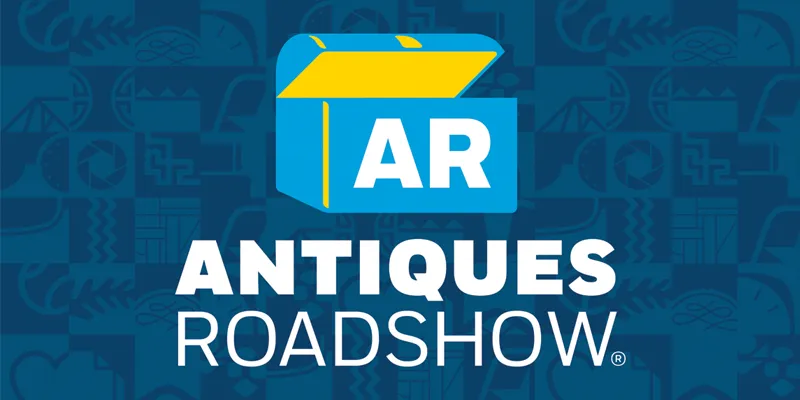GUEST: This is a print from my mother's side of the family. My great uncle was a butcher, and he and his wife owned a deli in Madison, Wisconsin. And so this hung in their butcher shop or deli for years upon years. I don't know much about it, other than it's a lithoprint from the '30s.
APPRAISER: It's certainly appropriate for a butcher shop. Let me just say straight from the top, that if you ask any of my friends or colleagues here on the Roadshow, they're going to tell you that I'm full of baloney. So this poster does have a specific resonance for me. So I'm very happy to see it. In fact, it's not really a poster though, is it?
GUEST: No, I don't think it is.
APPRAISER: It's what we call a die cut. You can't see it because you have it so nicely framed, but the piece is on cardboard that has been cut out in the shape of the image, and it would have been standing up as a point of purchase in the store. And it really is a fascinating piece of American cultural and culinary history. Oscar Mayer as a company is one of those firms that really is part of the American collective consciousness. I think the company is most famous for three things, you know what those are?
GUEST: I'll let you share with me what those are.
APPRAISER: I think it's the Wienermobile, I think it's the song, "I Wish I Were an Oscar Mayer Wiener"...
GUEST: Of course.
APPRAISER: And I think it's a song, "My Baloney Has a First Name"
GUEST: Mm-hmm.
APPRAISER: "It's O-S-C-A-R."
GUEST: Yes.
APPRAISER: You know that song.
GUEST: Exactly.
APPRAISER: It is a lithograph, and it's done in this really extraordinary art deco stylization. At least the typography and the background is very art deco, and the image itself is as succulent and tasty as one could possibly want. This is from 1931.
GUEST: Mm-hmm.
APPRAISER: That pre-dates the Wienermobile, which was unleashed on the roads of America in 1936.
GUEST: Okay.
APPRAISER: The company itself goes back to around 1900-- actually a little bit earlier than 1900. Most of these things were done anonymously by advertising agencies. Even without knowing the artist, it's still a very, very desirable piece. I consulted with some of my colleagues, both at the collectibles table and people who are very familiar with this kind of advertising, and I asked them what they thought it was worth. The people at the collectibles table thought a die cut advertisement like this at auction might fetch between $400 and $600.
GUEST: Okay.
APPRAISER: And I thought, "Wow, that's very interesting," because I see an image like this and it really is a wonderful food image.
GUEST: Okay.
APPRAISER: I think at a well-publicized auction, this could fetch between $2,000 and $3,000, and I think it's just a very interesting way to look at how the antique market is sort of very segmented and certain people in one field might not pay as much as somebody just looking to decorate either a new butcher shop or their dining room.
GUEST: Mm-hmm.












